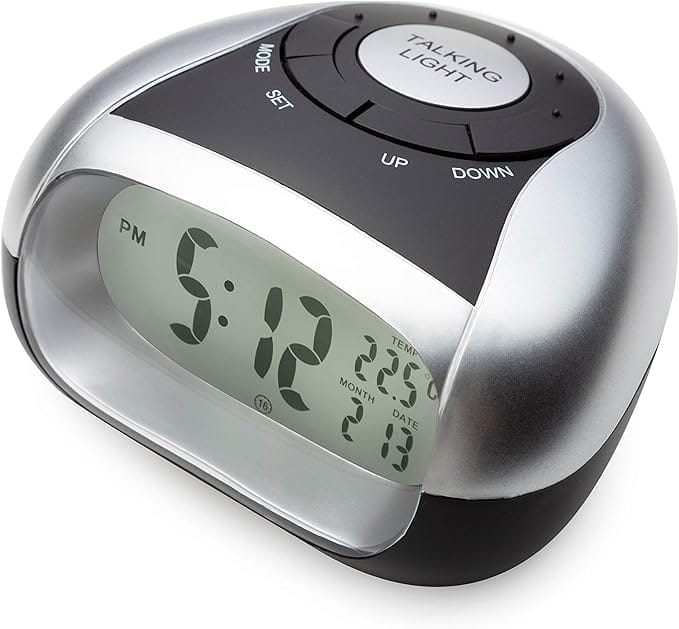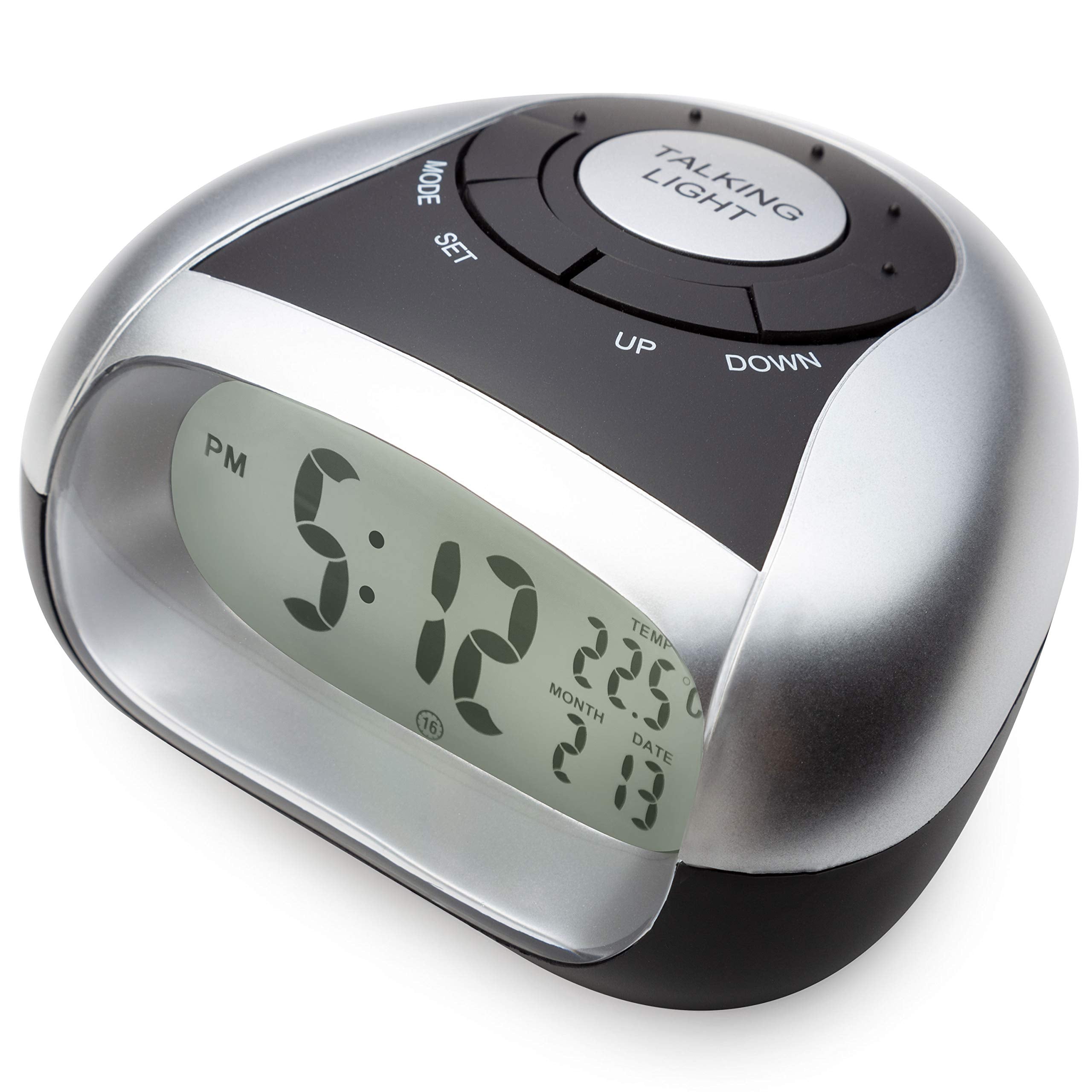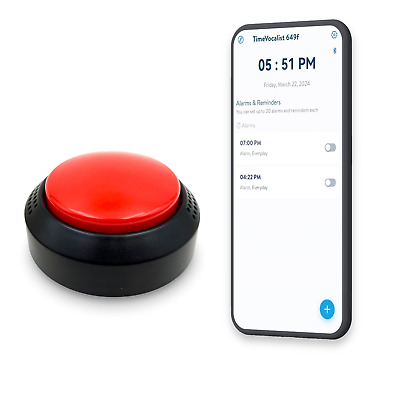20251EIOT4: Speaking Clock and reminder

Brief Description & Functionality
A speaking clock (also known as a talking clock or voice clock) is a smart device that verbally announces the current time and date and the preset saved reminders in a human voice at the push of a button. Talking clocks are a very useful form of assistive technology for the visually impaired or elderly, as well as for Alzheimer's and Dementia patients.
They are available in many forms, ranging from tiny keychain clocks to bedside table clocks to digital touchscreen clocks. Many talking clocks offer the feature of setting the time, a message, or a reminder in the user's own voice.
Mechanism: Traditionally, the system comprised
An electromechanical or electronic clock digitally showing accurate time.
A recorded voice (or synthesized voice) that would play the current time like —“It's 10:43 and 27 seconds”—when triggered.
A user interface, such as a telephone number to call or a physical button on a device, to connect to the service.
Timing Precision: Often synchronized to national time standards , ensuring extremely accurate time announcements down to the second.
Main parts:
Time Processing Unit
Function: Converts system time into a human-readable format.
How It Works:
- Internally, time is tracked numerically (e.g., 10:43:27).
- This data is parsed into components:
- Hour → “Ten”
- Minute → “Forty-three”
- Seconds → “Twenty-seven”
Voice Output System
There are two main types:
a) Pre-Recorded Audio (Concatenative Synthesis)
How It Works:
- Voice clips are pre-recorded and stored in a database.
- Example:
- “It’s”, “Ten”, “Forty”, “Three”, “and”, “Twenty-seven”, “seconds”
- The system selects and sequences clips dynamically based on the current time.
Challenge:
- For natural-sounding speech, the system requires a large library of well-recorded clips, ranging from hundreds to thousands.
b) Text-to-Speech (TTS) Synthesis
How It Works:
- Time data is sent as text to a TTS engine.
- The TTS engine converts the text into human-like speech in real time.
- Example:
- Input:
“It is 10:43 and 27 seconds” - Output: Voice generated on the fly using phonetic rules.
User Interface (Trigger Mechanism)
How It Works:
- The user initiates a request:
- Via button press on a device
- Voice command (modern systems)
- This triggers the system to fetch the cuthe current time, process it, and play or synthesize the spoken output.
Synchronization (Optional but Critical for Accuracy)
How It Works:
- The system may periodically sync with:
- Internet NTP servers
- Radio time signals (e.g., WWVB, DCF77)
- GPS (which includes atomic time data)
Keeps the internal clock from drifting over time.
Overall Workflow Summary
User Request → Time Source → Time Parser → Audio Generator (TTS or Clips) → Audio Output
Hardware & Software Components
| Component | Role |
|---|---|
| Real-Time Clock (RTC) | Tracks accurate current time |
| Microcontroller / CPU | Processes time and controls system |
| Memory / Storage | Stores audio files or TTS libraries |
| Audio DAC & Speaker | Converts digital voice to sound |
| Trigger Mechanism | Button, phone line, or software call |
Market Survey


Useful Resources
Skills Required
- ESP32 programming
- PCB design
- Arduino Programming
- 3D printing (FDM)/ Acrylic/Wood Working
- PCB Milling
- SMT Soldering/ Manual Soldering
- Electronic testing
- CAD model design

